Welcome to
The Study of Variable Stars
 Astronomy is a unique science. A great deal of astronomical research depends on the work of highly skilled amateur astronomers, who play a pivotal role in constantly monitoring variable stars.
Astronomy is a unique science. A great deal of astronomical research depends on the work of highly skilled amateur astronomers, who play a pivotal role in constantly monitoring variable stars.
I monitor variable stars for outbursts, particularly the cataclysmic (explosive) variable stars (CVs). Recorded observations are then sent to various variable star organisations, which include the American Association of Variable Star Observers (AAVSO), the research section of the Royal Astronomical Society of New Zealand, Variable Stars South (VSS), and the Variable Star Network (VSNET), a global professional-amateur network of researchers in variable stars.
These pages tell my story and show a selection of light curves, links to articles, dramatic events, transient objects and cataclysmic variables (CVs).
Tetoora Road Observatory
Tetoora Road Observatory (D03-35) is a Private “designated” Australian Observatory for optical research on variable stars.
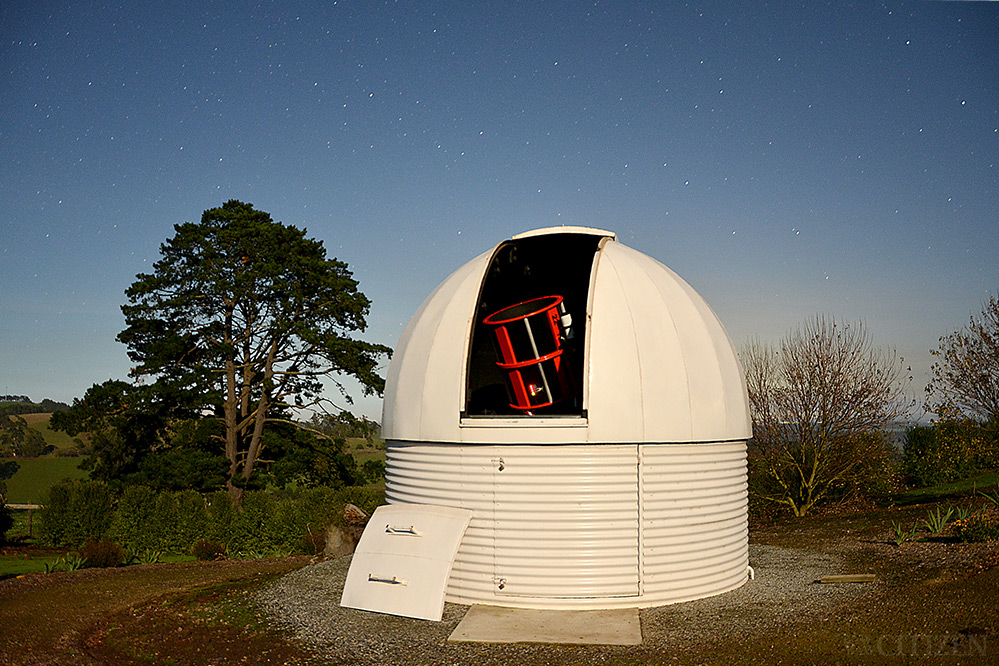
Page Medal – Astronomical Society of Australia 2024
I’m thrilled to share that I’ve been awarded the 2024 Berenice and Arthur Page Medal for excellence in amateur astronomy in Australia and its Territories. The announcement was made on March 29, during the National Australian Convention of Amateur Astronomers held in Parkes, New South Wales, home of the Dish. It’s an incredible honour and privilege to receive this recognition.
Astronomical Society of Australia (ASA), Media release 1 April 2024.
400,000 visual variable star observations!
On February 10, 2024, I made my 400,000th visual variable star observation! This has taken 30 years and 9 months. This milestone was only previously achieved by Albert Jones and Hiroaki Narumi. I had to observe 148 stars to reach this total. I started at 9:00 p.m. and completed the task by 11:11 p.m.
The star I recorded on my 400K was VW Hyi, one of the most frequently observed stars in the southern skies. It was in a super-outburst, and I have more than 4000 observations of this star, along with a detailed light curve from 1995 to 2024. VW Hyi
Review of the year 2023
AAVSO Merit Award 2021
I am honoured to have been awarded the AAVSO Merit Award at the 110th Anniversary meeting of the American Association of Variable Star Observers (AAVSO) in Cambridge, Massachusetts, USA.

52. 2021 – Rod Stubbings
“in recognition of the phenomenal visual observing program he has conducted, providing researchers with many time-critical observations and alerts, and contributing 316,292 visual observations to the AAVSO International Database from 1997 through October 4, 2021. His work has also been recognised with the AAVSO Director’s Award in 2002 for his “very significant contributions to variable star astronomy, particularly to special observing programs” and the Astronomical Society of the Pacific’s Amateur Achievement Award in 2014.”
300,000 Visual Variable Star Observations!
An article on my 300,000th visual variable star observation was published on October 6, 2018, covering my observing career published by The British Astronomical Association Variable Star Section.
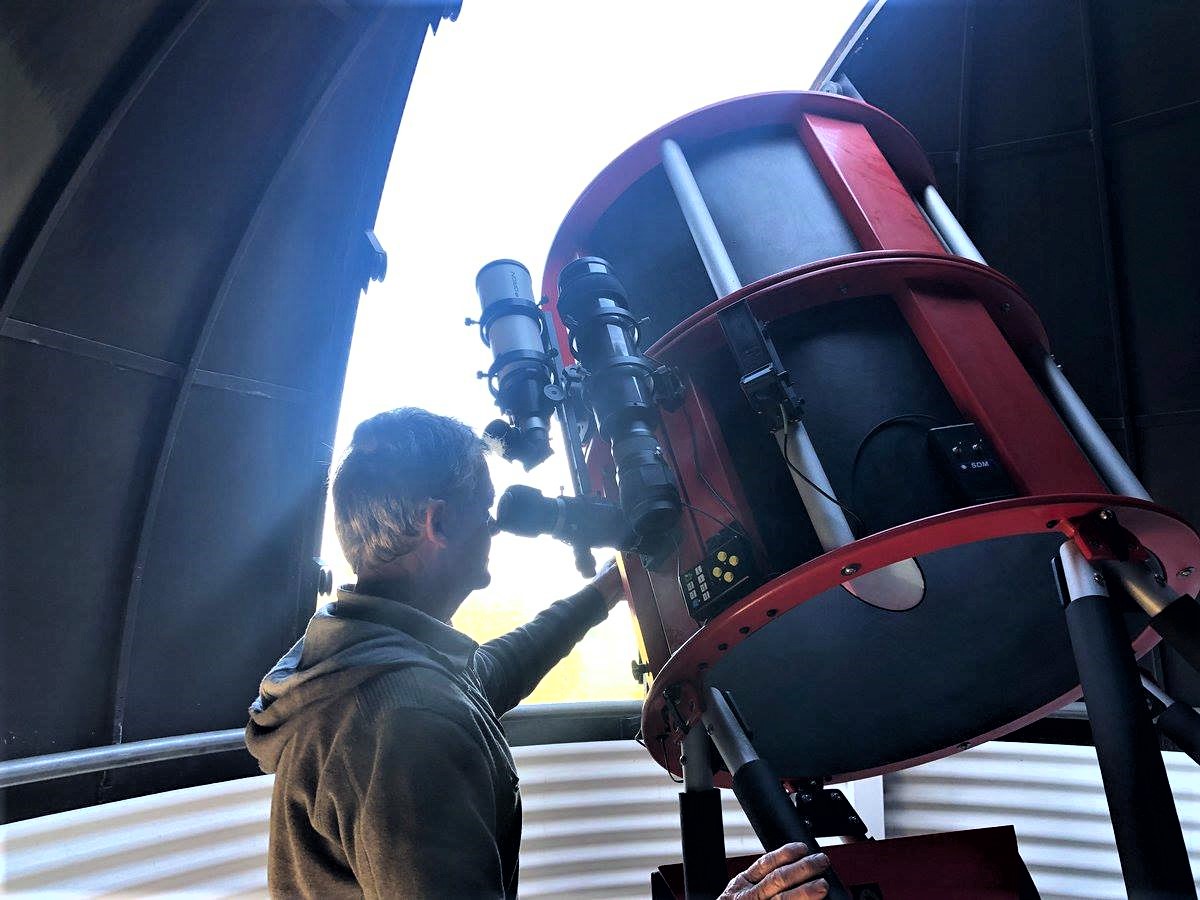
The Eclipsing Symbiotic Star AR Pav
My visual light curve of the eclipsing symbiotic star AR Pav from epoch 73. AP Pav has a period of 604.5 days. Updated to March 2024. Over 14 years of monitoring and my favourite star. More about this star here.

Current outburst detections: April 14, 2024
object YYMMDD(UT) mag code remarks
CAPAX 240414.695 160 Stu.RASNZ outburst
CENMU 240414.684 134 Stu.RASNZ outburst
CMAPU 240414.450 116 Stu.RASNZ outburst
HYIWX 240414.430 130 Stu.RASNZ outburst
ASASSN-19ct 240414.644 144 Stu.RASNZ outburst
Recent Publications
Betelgeuse Eclipses 2020 (Alpha Orionis)
I am honoured to be a co-author of the paper “The Dusty Eclipses of Betelgeuse”, submitted in July 2020. Betelgeuse has dimmed again, caused by two dust clouds. These findings will be presented at the 106th National Congress of the Italian Physical Society, held online from 14 to September 18. The latest Astronomer’s Telegram on August 31 2020, can be found here. astronomerstelegram.org/?read=13982

CS Ind
I am one of the co-authors of a paper published by the Astronomical Society of Japan on CS Indi: SU UMa-Type Dwarf Nova with LongPrecursor Outburst, September 2019. The unusually long precursor before the superoutburst is the first time such an event has been recorded in SU UMa-type stars. Here is my visual light curve of this event.
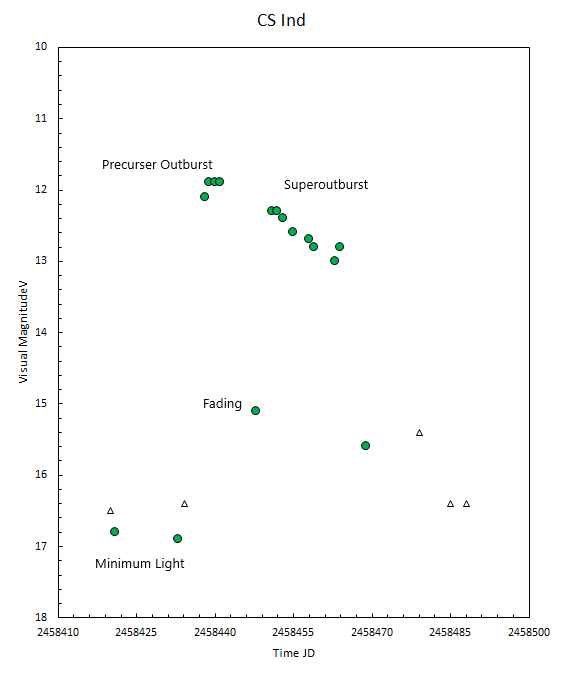
ASAS-SN light curve of CS Ind.
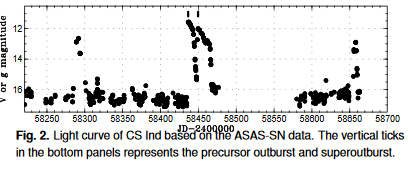
AR Pav
I am one of the co-authors of a paper published by the Astronomical Institute of Slovak Academy of Sciences on “Photometry of Symbiotic Stars – XIV.” Submitted April 2019. Over 8 years of my visual data on the symbiotic stars AR Pav and AE Ara were included in the paper commencing on epoch 73.

GW Lib
The XMM-Newton space observatory will observe the dwarf nova GW Librae on Aug.31 / Sept.1, 2017. The Space Telescope Science Institute (STScI) needs constant updates on the current state of GW Lib to ensure it is at a minimum. My latest observation sent at magnitude 16.5 shows it is around the minimum.
GW Lib was discovered in 1983 as a 9th-magnitude object. On April 12, 2007, I noticed it rising to outburst, the first recorded outburst in 24 years since the discovery! GW Lib has had no further outbursts. My visual light curve of the 2007 outburst lasted over 70 days. More here.
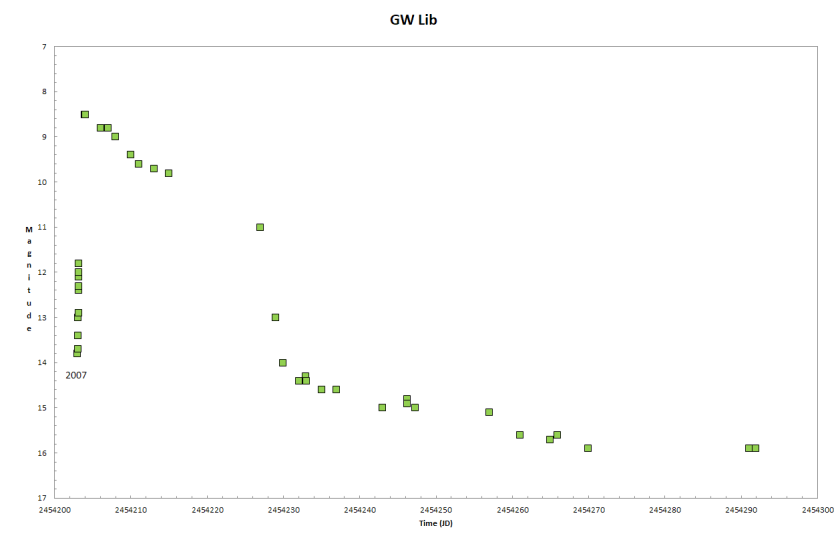
Wolf-Rayet Star WR 76
My paper was published with Peredur Williams, Institute for Astronomy, Royal Observatory, Edinburgh, on the Observation of a Deep Visual “Eclipse” in the WC9-Type Wolf-Rayet Star, WR 76, One of the deepest found so far in these types of stars. Visually, it is a real challenge as the eclipse is well below 17.0 magnitude.


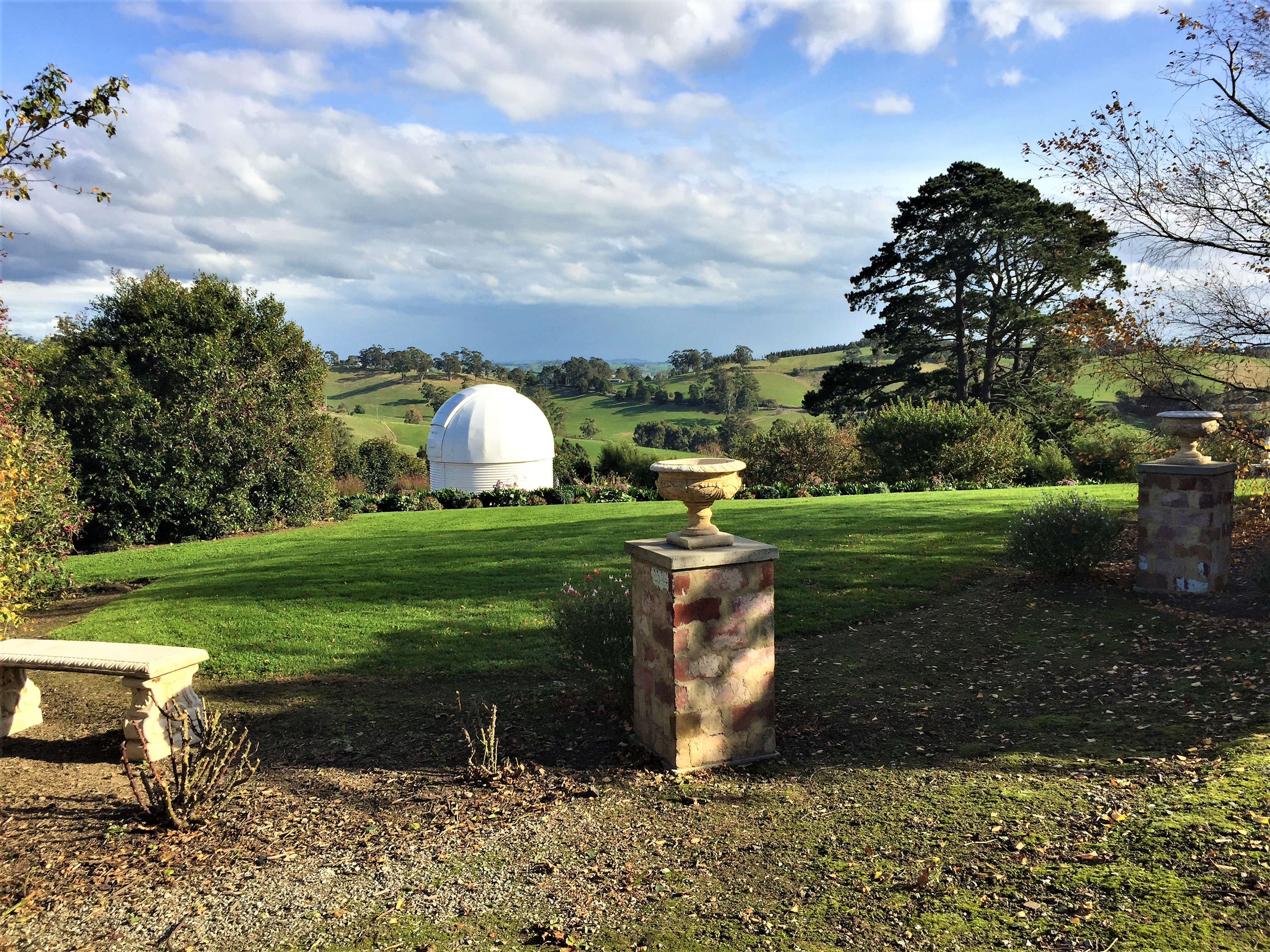
UY Puppis – A New Anomalous Z Cam Type Dwarf Nova
My paper was published in October 2016 with Mike Simonsen on UY Puppis – A New Anomalous Z Cam Type Dwarf Nova. UY Pup is now one of only four known anomalous Z Cam stars!

Wolf-Rayet Star WR 53
My paper was published on discovering the first-ever recorded eclipse in the Wolf-Rayet star WR 53. After 5 years of constant monitoring, we have a new variable star!
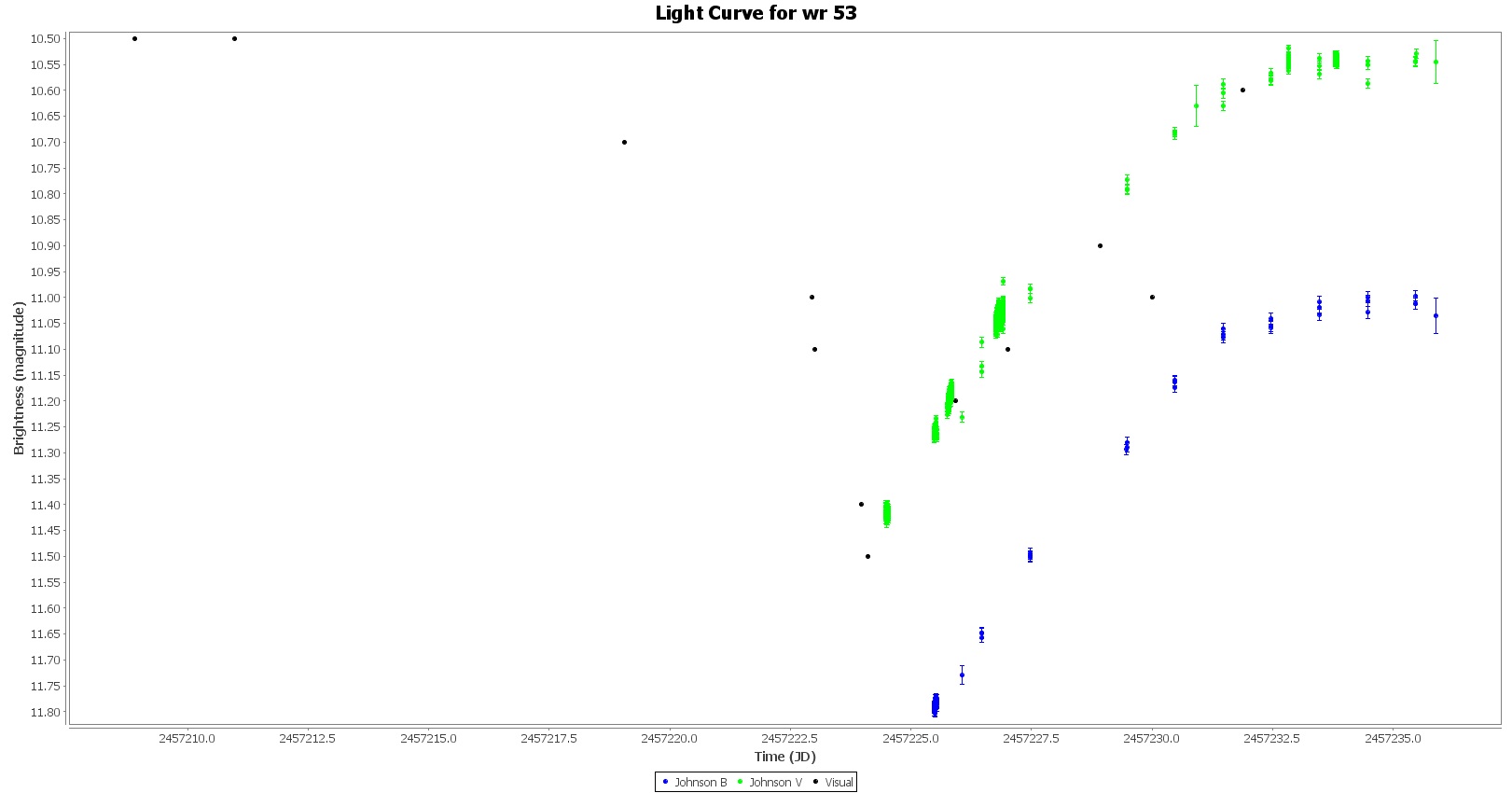
OQ Carinae: A New Southern Z Cam Type Dwarf Nova
My paper was published on the first-ever standstill of OQ Carinae after 14 years of study.

Discovery story on OQ Carinae!
OQ Carinae: Rod Stubbings – Patience, Persistence, and Purpose
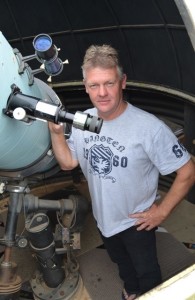
100th Anniversary of the AAVSO Top Visual Observers 2009-2010


Eye on the sky
Amateur astronomers are making a unique contribution to science’s understanding of the universe, reports Marilyn Moore
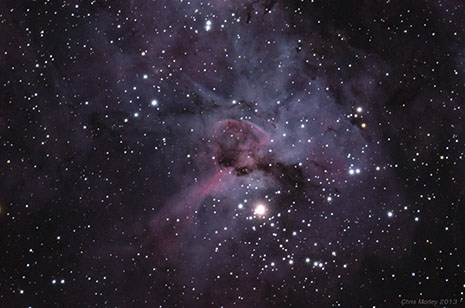
Moon Snaps with iPhone





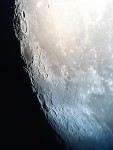
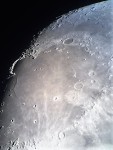
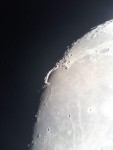
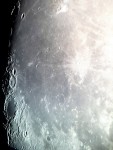
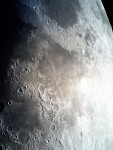
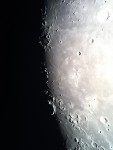



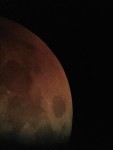

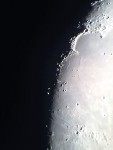
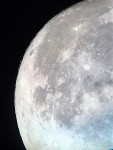




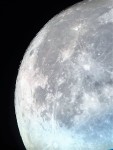


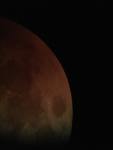



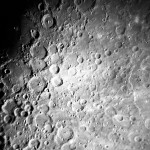


Tetoora Road Observatory photos
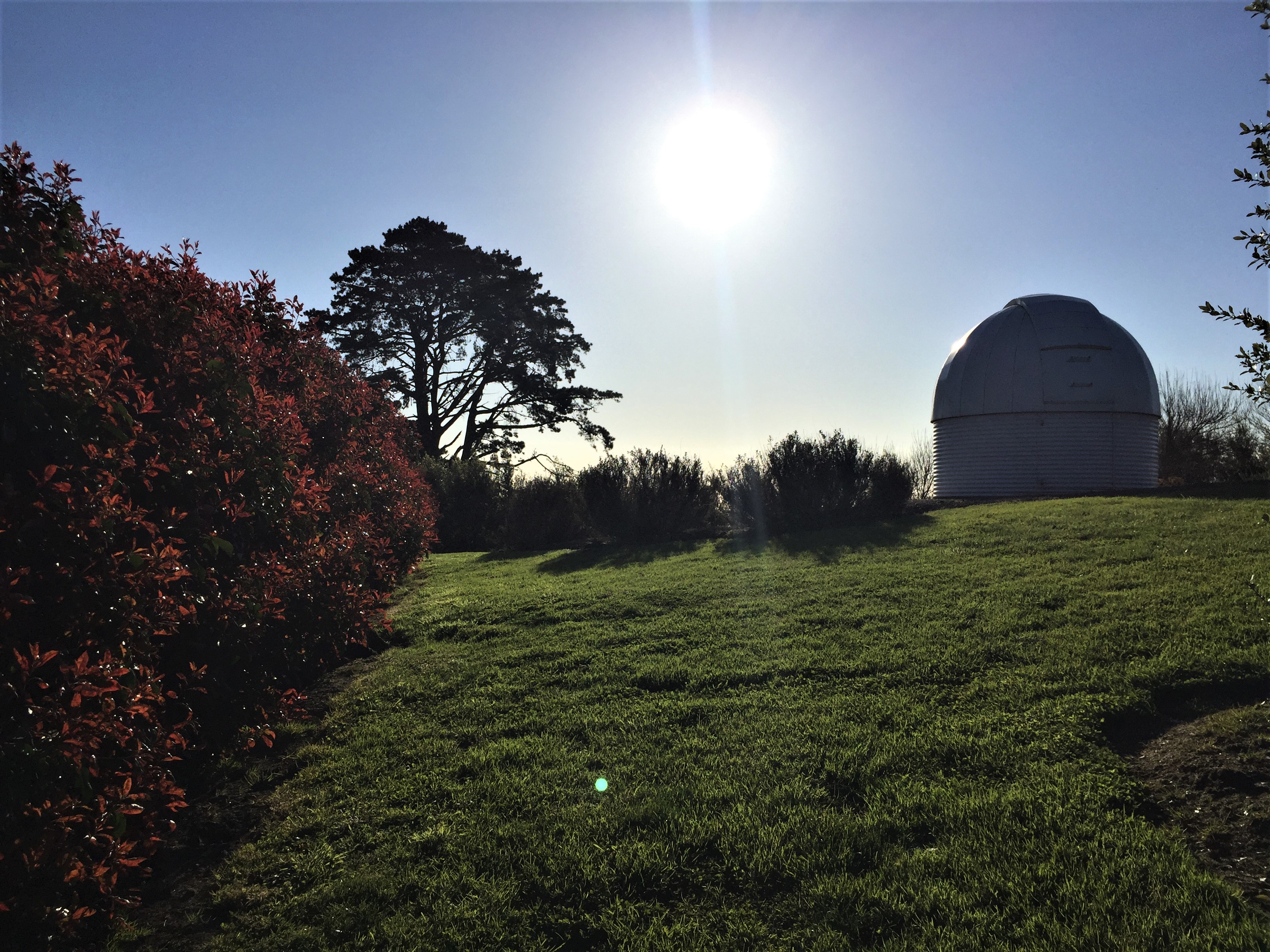
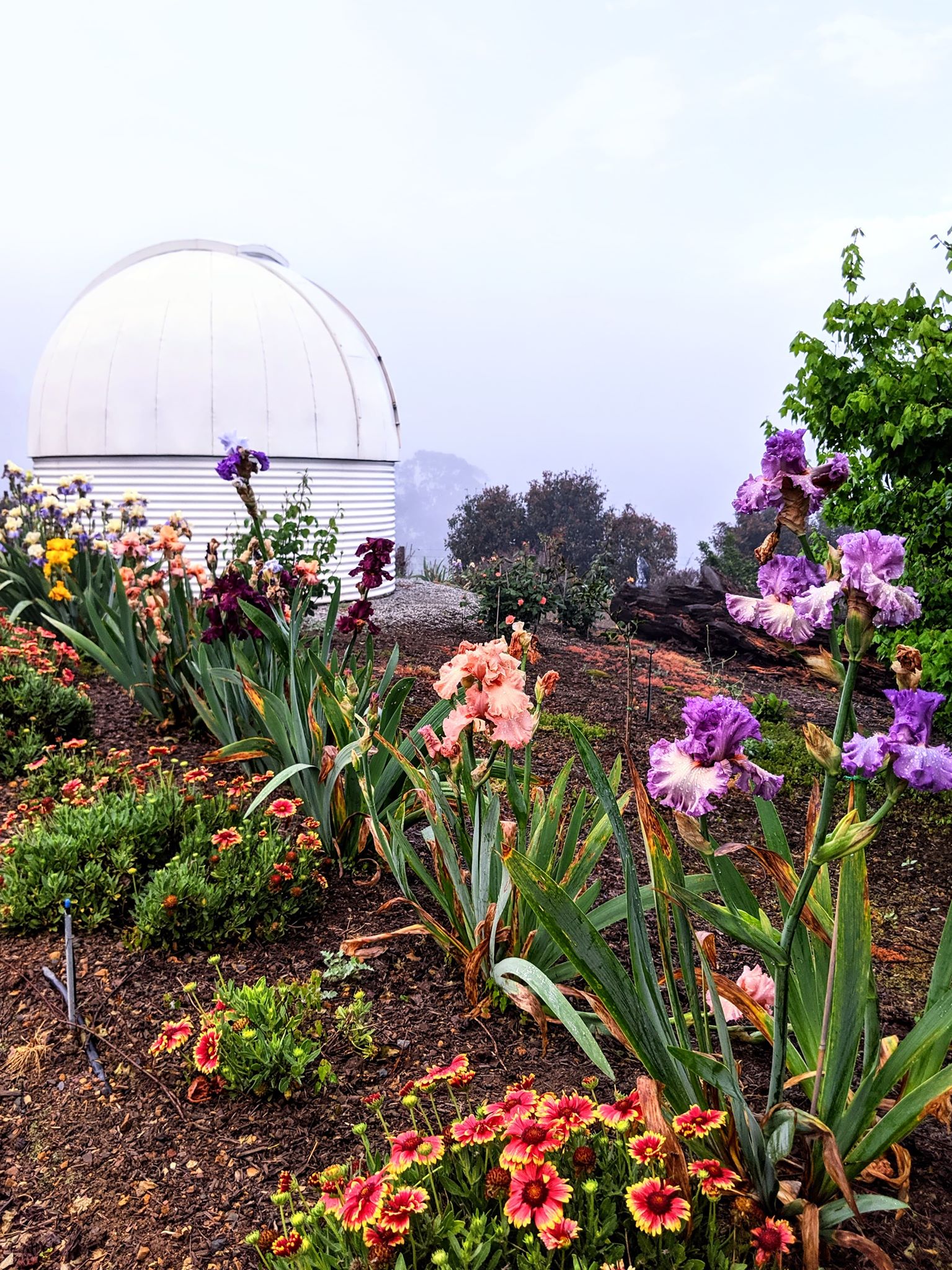

G’day Rod!
I have now decided to add WW Cet to my programme. I like the ‘southern challenge’ and currently do a few stars in Puppis and southern CMa.
LikeLike
Hi Michael,
WW Cet used to have outbursts up to 10.9 but have not seen it this bright for many years now. There are plenty of variables in the Southern sky’s to look at but not many active observers so keep up with the challenge!
LikeLike
Congratulations on your 200,000 visual observation milestone.
Absolutely fantastic!
Cheers from Portugal
LikeLike
Thanks Diogo
LikeLike
Hi Rod,
Very nice website. I’ve just added a link to it from my own.
WW Cet is interesting. -11d too low for me though. Bang in the middle of the ‘orange glow’ from Birmingham city centre. Too bad.
Clear skies,
Gary
LikeLike
Thanks Gary. I haven’t added a links page on my site yet, but when I do your site will be on there.
Yes, it will be interesting to see how WW Cet behaves for the rest of the 2010 season!
Cheers,
Rod.
LikeLike
Sensational website Rod! Well done!
LikeLike